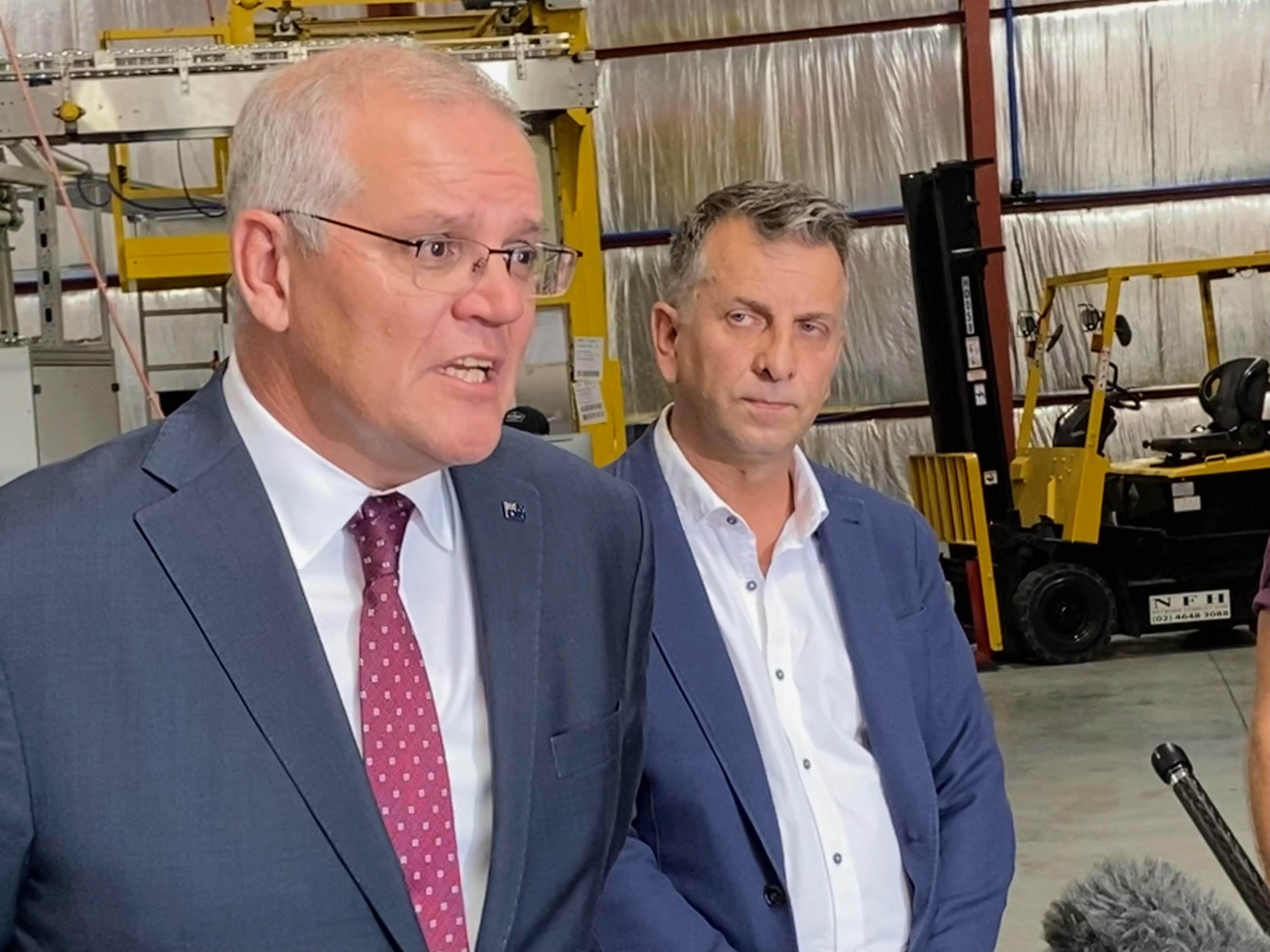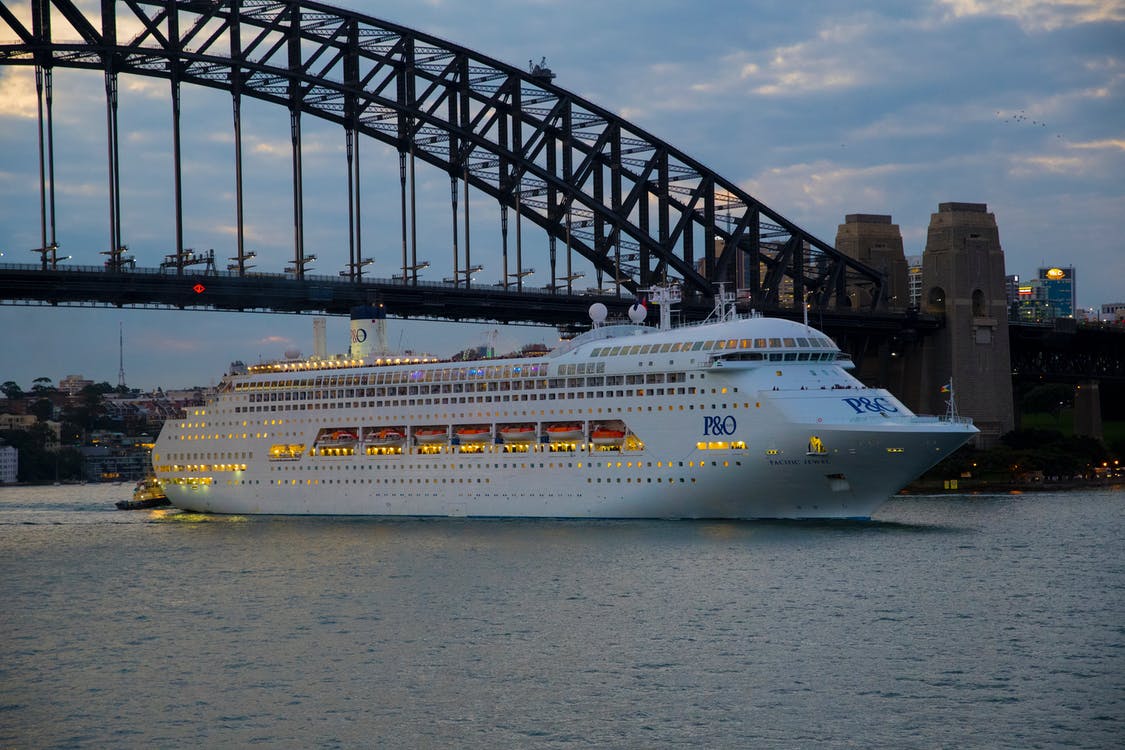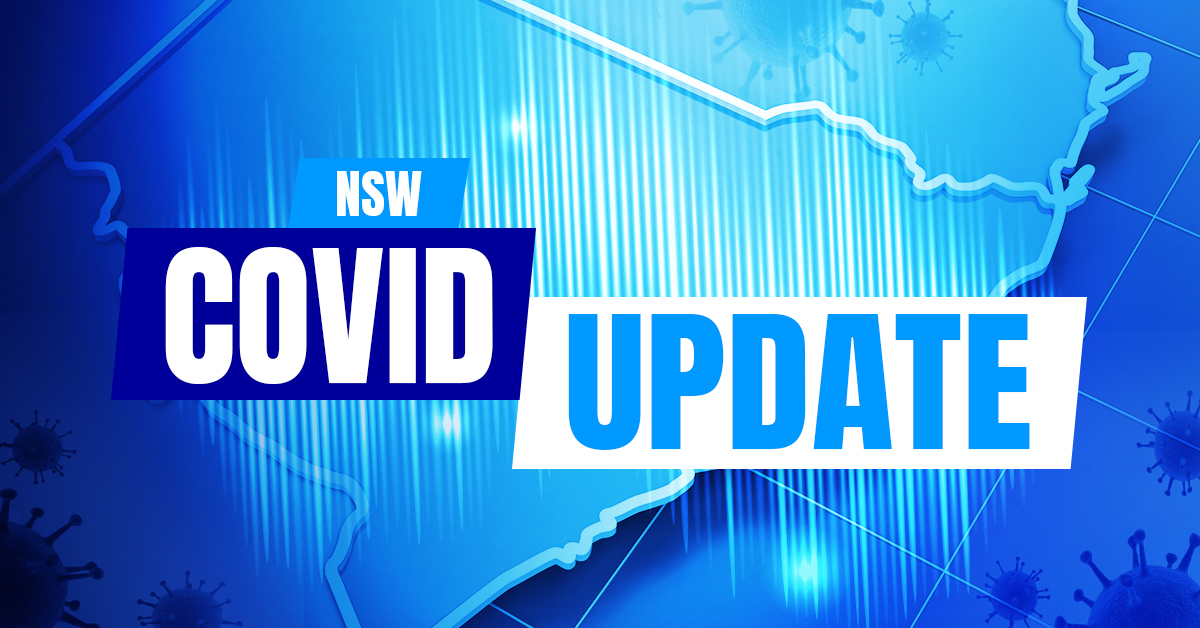Selected
- Details
- Written by Grant Broadcasters
- Category: Selected
- Hits: 116

Economists will be scouring the minutes of the Reserve Bank board's most recent meeting for hints on whether interest rates could rise soon.
The minutes of the RBA board's April monetary policy meeting will be released at 11.30am.
NAB's Tapas Strickland said the minutes would be scrutinised for any hints on whether the RBA could contemplate starting its hiking cycle as early as May.
"Guidance from the post-meeting statement hinted rate hikes from June with the board waiting for 'important additional evidence ... on both inflation and the evolution of labour costs'," he said.
The latest inflation data will be released on April 27.
Prime Minister Scott Morrison told reporters in Fremantle on Monday cost of living pressures were "real", but were having a far greater impact in other countries than Australia.
"The Reserve Bank of Australia sets independently the cash rate in this country," he told reporters when asked whether he thought the cash rate would go above one per cent.
"A strong economy that is backed in by a well-managed budget, that's what puts downward pressure on interest rates."
The last rise in the cash rate was in November 2010.
The Australian Bureau of Statistics will release household spending figures on Tuesday.
© AAP 2022
- Details
- Written by Grant Broadcasters
- Category: Selected
- Hits: 131

Opposition Leader Anthony Albanese has switched tactics from policy announcements to attacking the coalition government, as Labor takes a hit in the polls.
Scott Morrison is ahead as the choice for preferred prime minister with 38 per cent, against 30 per cent for Mr Albanese, a sharp turnaround on the Labor leader's 37-36 margin of two weeks ago.
The Resolve Strategic poll for The Sydney Morning Herald-The Age also showed Labor's primary vote down four points to 34 per cent, with the coalition up one to 35 per cent.
Starting the second week of the May 21 election campaign in Brisbane, Mr Albanese blasted the prime minister over his response to the COVID-19 pandemic and natural disasters over the past two years.
"What we saw from the federal government, whether it be bushfires, floods or the pandemic is a real pattern of behaviour," he said, after speaking with flood victims in the Brisbane suburb of Auchenflower.
"He only acted when the political pressure was really put on."
Mr Albanese warned voters to expect health cuts if the federal government is returned to power, calling the government's future health minister Anne Ruston a threat to accessible medical care.
"This is a health minister, now designate ... who we know will undermine Medicare, who has said that the current model is not sustainable, who has said that Medicare funding is just putting things on the credit card," he said.
"This is another example of what we can expect if Scott Morrison is re-elected."
When the $7 patient co-payment was included in the 2014 coalition budget, Senator Ruston told parliament Medicare was not sustainable without it.
Senator Ruston said the government had since been clear it would not be making funding cuts to Medicare.
"We absolutely have guaranteed Medicare in law," she told ABC Radio.
Mr Morrison, who was in Fremantle to unveil a $124 million investment in two new Evolved Cape Class patrol boats, ruled out future cuts to Medicare.
"She (Senator Ruston) said yesterday there wouldn't be any cuts and I'll repeat that today," Mr Morrison said on Monday.
"I introduced the legislation to guarantee Medicare and to guarantee the Pharmaceutical Benefits Scheme.
"Because if you can't manage money, which people know Labor can't, the consequences of that is essential services suffer."
Mr Morrison told reporters under his government, Medicare expenditure rose to $31.4 billion, and the bulk billing rate rose by more than six per cent.
The prime minister was forced to clarify comments about the JobSeeker rate.
During his press conference on Monday, Mr Morrison said the rate was $46 a week, when the unemployment benefit was $46 a day.
When questioned about it, Mr Morrison said he had misspoke.
During the first week of the campaign, the prime minister had attacked the opposition leader for failing to name the unemployment rate.
Mr Morrison will spend two days in WA before heading to Brisbane for the first leaders' debate with Mr Albanese.
The prime minister also unveiled a plan for first-time homeowners who can't put together the minimum 20 per cent deposit themselves.
From July 1 they would be able to secure a government-funded guarantee for homes valued at up to $150,000 more than the current cap.
With the polls pointing to a potential hung parliament, Mr Morrison was asked whether he would rule out a deal with so-called "climate independents" who are largely challenging sitting Liberal MPs.
"A vote for those independents is a vote for uncertainty, a vote for instability," he said.
© AAP 2022
Image: Glenn Ellard
- Details
- Written by Grant Broadcasters
- Category: Selected
- Hits: 105

Luxury cruise ship Pacific Explorer yesterday became the first to return to Australian shores since the COVID-19 pandemic brought the industry to a standstill in March 2020.
The suspension cost the Australian economy more than $10 billion during that time, according to Cruise Lines International Association, with businesses including travel agents, caterers, tour operators and hospitality and transport providers all impacted.
Foodservice Suppliers Association Australia chief executive Vince Crawley said the return of cruising would flow right through the economy.
"Clearly they've gone through a tough few years, so any return to normal is important for food service and the supply chain," Mr Crawley told AAP.
He said cafes, restaurants and other hospitality venues would benefit, as would local suppliers.
It is unclear, however, how fast the rebound might take, with tourism operators previously being felled by virus outbreaks and general travel hesitancy.
Melbourne-resident Caroline O'Neill told AAP that she had her first-ever cruise booked at the start of the pandemic. That trip was cancelled as were two subsequent reschedules.
"I wouldn't go now while the pandemic is still going ... I'd like to see how it goes over the next six to 12 months," she said.
"I'd like to go, but it's too scary."
Ms O'Neill said she feared being stranded on a ship during an outbreak, or being exposed in a new wave of the virus, much like what happened to those on the Ruby Princess at the start of the pandemic.
The Ruby Princess has been linked to 28 coronavirus deaths and hundreds of cases, with a NSW inquiry laying most of the blame on health authorities for allowing infected passengers to leave the ship. Weeks earlier, the Diamond Princess made international headlines after being forced to quarantine off the coast of Japan for two weeks due to infections on board.
On Monday, the $400 million Pacific Explorer, which has capacity for almost 2000 passengers, arrived in Sydney to a ceremonial water cannon salute following a 28-day voyage from Europe, where it has been anchored for most of the past two years.
Before the pandemic, as many as 350 cruise ships travelled to Australia each year carrying more than 600,000 passengers.
Joel Katz, the Australasia managing director for the Cruise Lines International Association, said an enormous amount of work had been done with medical experts to ensure the safety of guests and 18,000 Australians whose livelihoods depend on cruise tourism.
© AAP 2022
Image: David Dibert / Pexels
- Details
- Written by NSW News
- Category: Selected
- Hits: 114

There were 11,166 positive test results notified in the 24 hours to 4pm yesterday – including 6,802 positive rapid antigen tests (RATs) and 4,364 positive PCR tests.
That's an increase of the previous reported case number of 9,725.
There are currently 1,576 COVID-19 cases admitted to hospital, including 67 people in intensive care, 22 of whom require ventilation.

Page 55 of 191